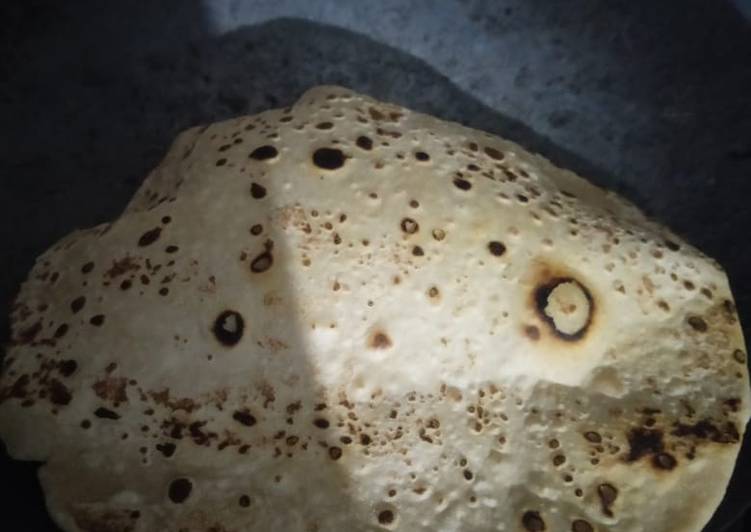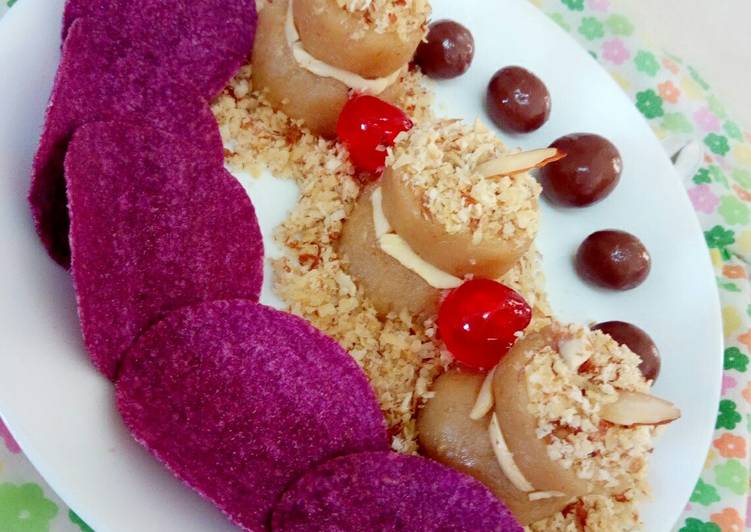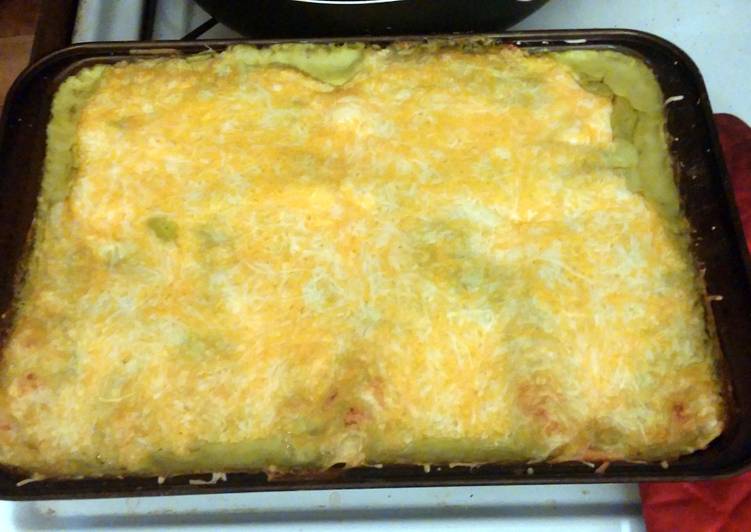
Hello everybody, hope you are having an incredible day today. Today, we’re going to prepare a distinctive dish, roti/chapati. One of my favorites. For mine, I will make it a bit tasty. This is gonna smell and look delicious.
Roti/Chapati is one of the most popular of current trending foods on earth. It’s easy, it’s fast, it tastes yummy. It’s enjoyed by millions daily. They’re nice and they look fantastic. Roti/Chapati is something which I’ve loved my whole life.
The terms Roti and Chapati are often regularly used when it comes to Indian cooking. In fact, they are pretty much a staple of Indian cooking and are often present at most, if not all Indian meals. Very Detailed Roti or Chapati or Aka or Pulka Fulka (Indian soft bread).
Simple Way to Prepare Roti/Chapati
To get started with this particular recipe, we have to prepare a few ingredients. You can cook roti/chapati using 3 ingredients and 3 steps. Here is how you can achieve it.
Ingredients
The ingredients needed to make Roti/Chapati:
- Prepare 2 cups red flour
- Make ready 1 small cup of water
- Make ready Salt upto taste
So if possible try to eat it the same day. Phulkas also known as Roti or Chapati in some regions are a whole wheat soft and thin puffed flat bread. The phulka is a daily bread for many regional Indian cuisines. Chapati, sometimes also spelled chapatti or called roti, is an ancient unleavened flatbread that's common in Indian, East African, and Caribbean cuisine.
Instructions
Instructions to make Roti/Chapati:
- Take a bowl, pour flour and add salt in it.
- Knead the dough with required water
- Now make medium size balls from dough according to your roti size. Make a round shape roti and cook over hot tawa on high flame
The basic recipe includes either all white flour. Chapati (also spelled chapathi) is an Indian flat bread that is a staple in North India and Pakistan, although today it has also made its way to South India. Like most Indian food, it's meant to be served. રોટી - ગુજરાતી માં વાંચો (Roti ( How To Make Soft Roti Or Phulka Or Chapati) in Gujarati). Roti, Chapati & Paratha are all Indian flatbreads. They are made on a flat top griddle or tawa.
As simple as that Recipe of Roti/Chapati
So that’s going to wrap it up for this exceptional food roti/chapati recipe. Thank you very much for reading. I’m confident that you can make this at home. There is gonna be more interesting food in home recipes coming up. Remember to save this page in your browser, and share it to your loved ones, friends and colleague. Thank you for reading. Go on get cooking!
Print this page


